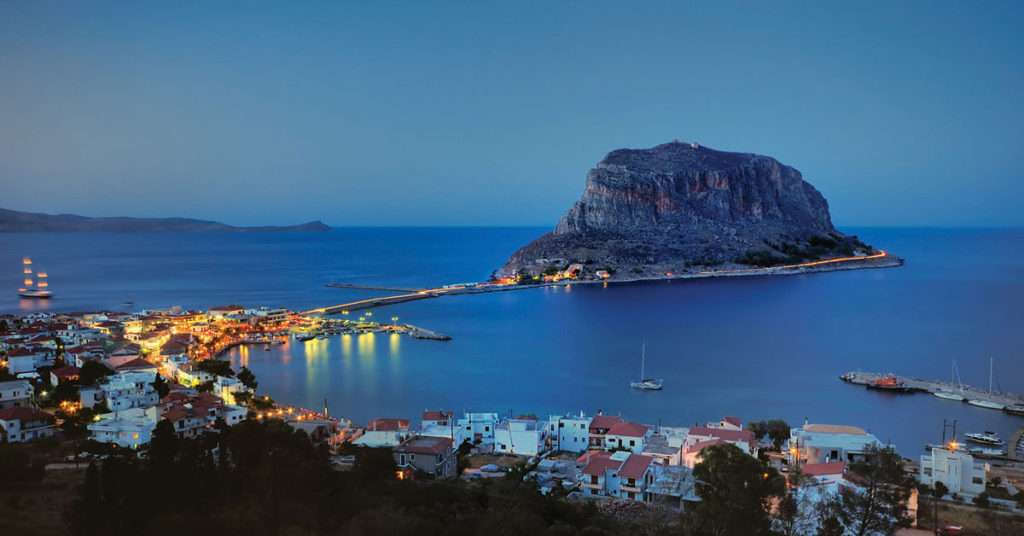The city of Sparta is at a distance of about 240kms away from Athens, less than 3-hour drive, a very interesting itinerary crossing the countryside of southern Greece, passing from many small villages and cities and with a landscape changing from area to area.
Starting from Athens early in the morning and driving along the coastline, we’ll see on the way the island of Salamis where the naval battle between the Greeks and the Persians took place at 480 BC and our first short stop will be a few kms before Corinth to see the impressive Corinth Canal which connects the Aegean and the Ionian Sea and, in a way, separates the Peloponnese peninsula of southern Greece with the mainland.
We’ll pass by the Acrocorinth, the fortified mountain top of ancient Corinth, as well as part of the fertile plain of the area of Argolis. And then, the landscape changes! We are crossing the mountainous area of Arcadia, the birthplace of legends, heroes and fighters. It is considered the mythical land of God Pan, the god of pastoral life and companion of the nymphs. Pan was the god who had the legs and horns of a goat and when he was disturbed in his secluded afternoon naps, his angry shout inspired panic.
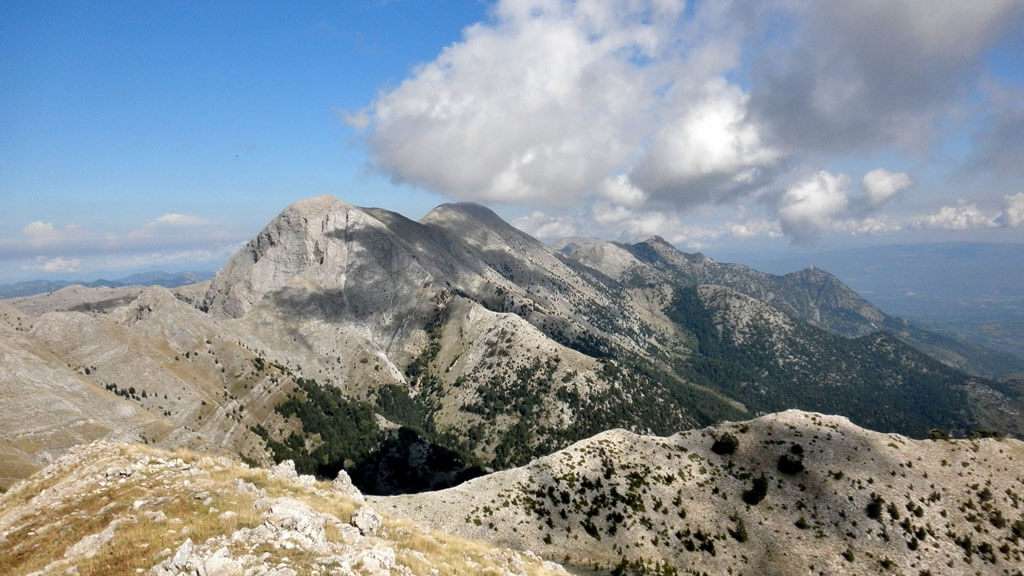
A while after passing from the city of Tripolis, the capital of the Peloponnese region, we enter Laconia. A region of Greece which has Sparta as its capital. The word laconic -to speak in a blunt, concise way- is derived from the name of this region, a reference to the ancient Spartans who were renowned for their verbal austerity and blunt remarks.
The valley of Sparta, crossed by the river Eurotas is completely surrounded by major mountain ranges, Taygetus and Parnon. In contrast to all the other ancient Greek cities, Sparta was not a fortified city-state since the location with its natural defenses and the militaristic character of Sparta made city walls unnecessary.
Like the majority of the history of classical Greece, the history of Sparta actually begins with the end of another great civilization, that of the Mycenaeans. As mentioned by Homer is his work the Iliad, Sparta was already a thriving center of ancient Greece during the Mycenaean period of history. Its king, Menelaus, is portrayed in the poem as the husband of Helen of Troy and the brother of Agamemnon, the ruler of the Mycenaeans. At about 1100BC a new tribe invades and settles in the area, the Dorians who considered themselves the direct descendants of the Greek demigod and hero Hercules.
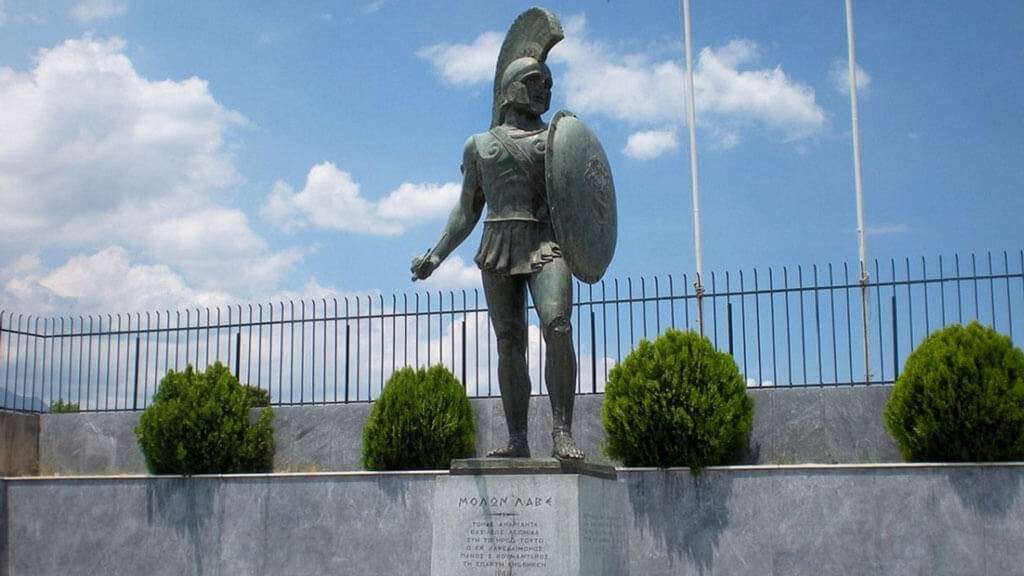
Sometime during the late 9th, Lycurgus imposed a number of rules which began the process of shaping the Dorian city-state into a warrior society and turn Sparta into the most powerful military state as we know it during the centuries that followed. Perhaps the most well-known battle of the Spartans that would become one of the most famous moments in the military history of any nation, ancient or modern, was the battle of Thermopylai with the sacrifice of king Leonidas and his 300 Spartan soldiers.
Regardless of the end to which the Sparta state came, the historical legacy of Sparta should not be underestimated. It was, without question, one of the two greatest city-states of ancient Greece (the other being Athens), and indeed generally found itself in a position greater than its competitor. In aiding the effort to keep Greece free of Persian rule, Sparta had facilitated the Golden Age and the advances that came with it. The Spartan tendency to forgo pleasure in favor of utilitarian functionality and the achievement of the ultimate ends of the society would even give this ancient Greek city-state a place in the English language in the form of the more or less common word “Spartan.” Sparta’s societal austerity has become so well-known in the Western world that the very word “Spartan” itself is taken to mean self-denying and simplistic. This was likely no exaggeration of history, but a reflection of the real values to which the citizens of Sparta adhered.
Sparta one of the glorious city-states of ancient Greece does not really have the number of monuments one would expect to find. Have you ever wondered why? Romans, barbarian tribes, crusaders, the Franks, the Ottomans, destroyed or stole many Greek treasures and ancient secrets but the list would not be complete without the name of Michele Fourmont (1690-1746), envoy of King Luis XV of France. Fourmont trying to make himself favored by the king of France and to ensure the exclusive access to the information collected from discovered scripts and monuments, he decided to destroy all that he could so as to not leave any traces for future explorers. As he confesses in a letter, he copied 300 ancient inscriptions and brags about destroying them and for six weeks he had been busy with the total destruction of Sparta: destroying walls, temples and not leaving one stone on its place making the site unrecognizable in the future.
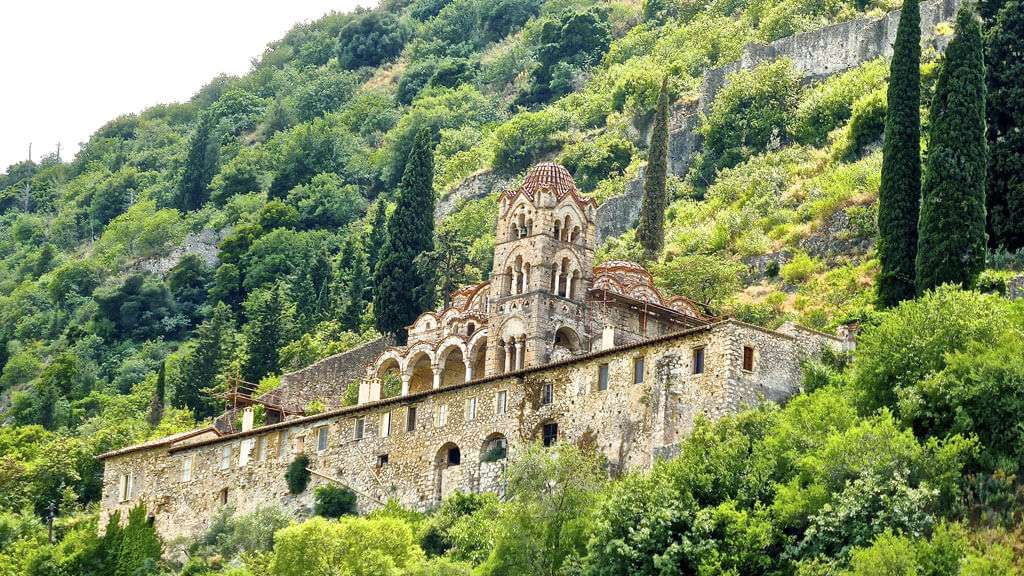
Very near the modern city of Sparta, Mystras, the best-preserved example of medieval walled town in the Greek region, rises above the valley of Eurotas. During the Fourth Crusade, in 1204, the crusaders established the Latin empire (1204-1261) and other states in the Byzantine lands they conquered. The region of the Peloponnese was under the reigning family of the Villehardouins and it was the young prince William II of Villehardouin who fortified Mystras and built the castle on the top of the hill in order to subdue the unruly mountain dwellers of Taygetos and to secure the defense of the fertile valley.
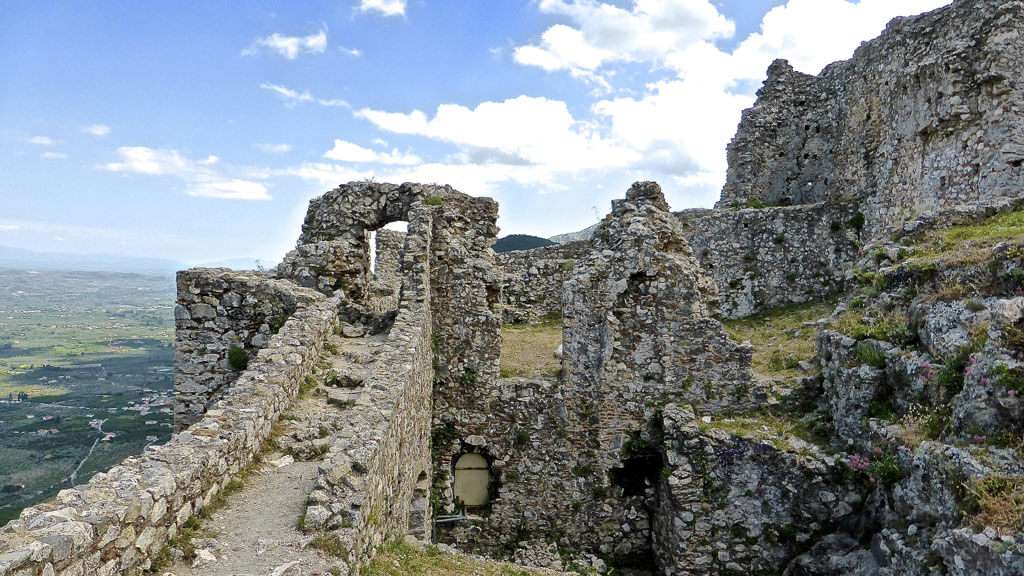
The castle had barely been completed when the Prince was defeated by the Byzantine emperor Michael VIII Palaeologus and being a prisoner in 1259, he was forced to cede as ransom to the Byzantines the castles of Mystras and Monemvasia. Mystras soon evolved into a major center of the Byzantine empire, second only to the capital Constantinople. It was in Mystras, actually, that the Byzantine art and literature flourished for the last time before the spread of the Ottoman conquests in the mid-15th century. During your visit, wandering around the castle, you will be fascinated with its churches with the 13th to early 15th centuries frescoes, the palatial complex of the ruling Byzantine dynasty, private houses and mansions still standing today providing a rare source of information for the domestic architecture of the late Medieval period.
Later in the afternoon, it will take us about one hour to drive to Monemvasia, a World Cultural Heritage monument and a major attraction for every traveler in the Peloponnese and the whole of Greece. The town is located on a small island which is linked to the mainland by a short causeway 200m in length. Its area consists mostly of a large plateau some 100 meters above sea level. The site of a powerful medieval fortress.
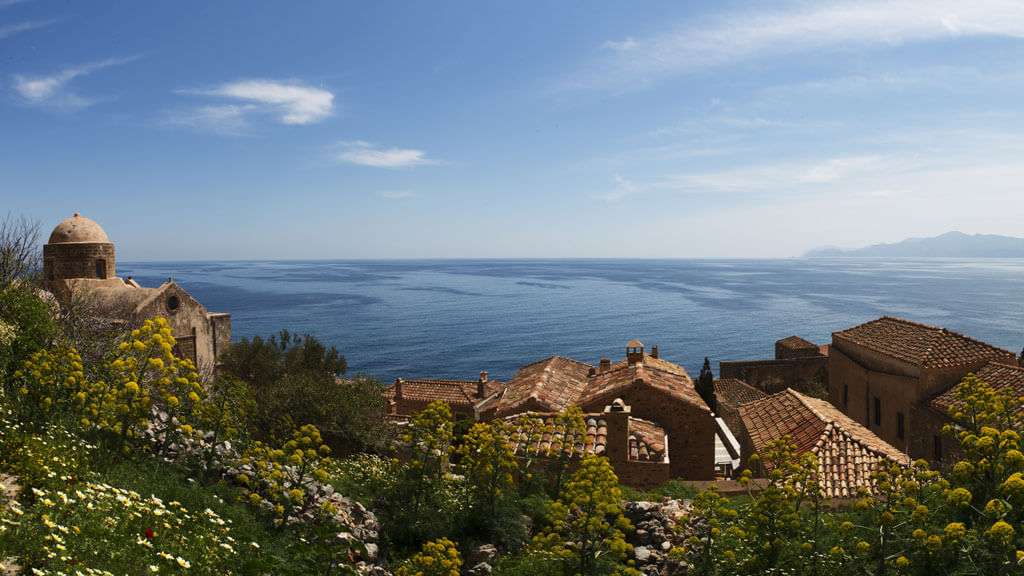
The town and fortress were founded in 583 by inhabitants of the mainland seeking refuge from various barbaric invasions and from the 10th century AD, the town developed into an important trade and maritime center. William II of Villehardouin took it in 1248, on honorable terms, after three years of siege but in 1259 William was captured in a battle and it was given back to the Byzantines as part of his ransom.
It remained part of the Byzantine Empire until 1460, then for more than a century it passed to the Venetians and finally to the Ottoman rule.
A walk around the paved streets of the castle town is like a trip back in time. See the elegant stone mansions and the Byzantine churches, such as the church of Agia Sofia and Christ Elkomenos. The sea view is breathtaking, especially from the top of the Castle and in Monemvasia almost all the bars and restaurants are looking over the sea. Late in the afternoon, we leave Monemvasia and drive back to Athens.

